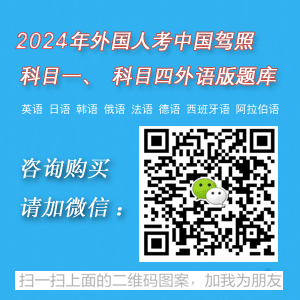2025妤犵偟绻濋懙鎴﹀炊娴犲鏁嬮柣鎾楀棌鍋撻崘顓犳Ц闁兼槒绮鹃銏㈢矓閹寸姵绐楀☉鎾亾闁靛棔鑳堕~鏍儎椤斿吋纾藉Λ鐗埫花閬嶅嫉婵夋墬F闁绘鐗炵槐婵嬪础閺夊灝鐓曞☉鏃撻檮濠€浼存晬鐏炴儳顤侀柡鍫f婢фPP闁挎稑鐗婂﹢渚€宕戝棰濇毌缂備礁鍟╃弧鍕晬鐏炵伕渚€骞忛悢鐑╁亾閸愵厾妲搁柛鏃傚枙閸忔﹢鏁嶆径娑氱闁告嚎鍔忛妤呭箣閺嶎剙鏋犲☉鏃€濯介顒勫礉閻樿京鐟撻梻鍫涘灮濞堟垵顕ラ璁崇箚闁挎冻鎷�

PDF闁绘鐗婇崺鍛村炊閹惧懐绐�

濞戞棑闄勫﹢浼村箣椤忓嫭绂堥柨娑虫嫹

闁归潧顑嗗┃鈧珹PP闁规惌浜滃ù姗€鏁嶉敓锟�
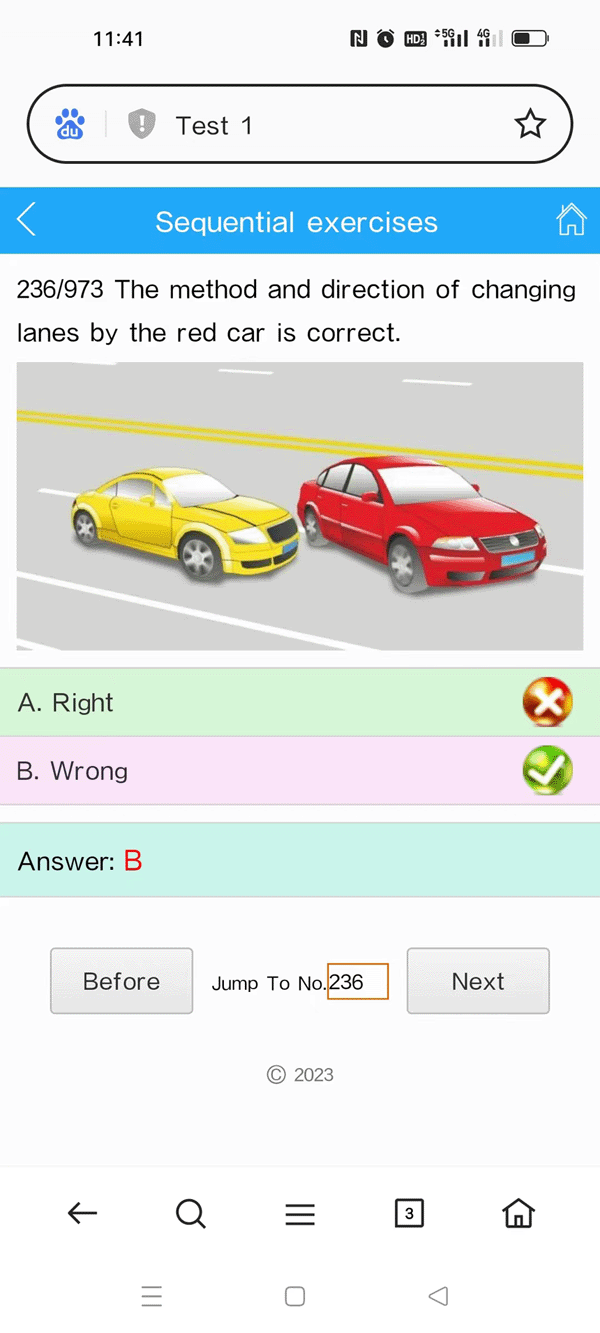
1. It lights when the handbrake is pulled up.

A. Right
B. Wrong
Answer:A
2. The traffic lights allow the vehicle to ______

A. turn right
B. stop and wait
C. turn left
D. go straight
Answer:A
3. This sign reminds bump road ahead which may causes bump phenomenon.
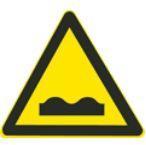
A. Right
B. Wrong
Answer:A
4. Which behavior a person had in 3 years is not allowed to apply for a motorized vehicle driving license?
A. insulin injections
B. drunken experience
C. smoking addiction
D. drug injections
Answer:D
5. Traffic Police can detain the vehicle according to law if it is suspected of using the label of insurance from other vehicle.
A. Right
B. Wrong
Answer:A
6. When a vehicle runs on an expressway at the speed of 100 kilometers per hour, its safe distance from the vehicle in front is not less than 100 meters.
A. Right
B. Wrong
Answer:A
7. When a vehicle overtakes the bike riders going in the same direction, the rational way to deal with is to ________.
A. Continuously honk to remind them to yield
B. Continuously honk and speed up to overtake
C. Yield to the bike riders
D. Observe them, reduce speed and go slowly, while keeping a sufficient safe distance.
Answer:D
8. It lights to remind that engine coolant may be insufficient.

A. Right
B. Wrong
Answer:A
9. Whats the meaning of this sign?
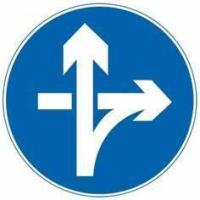
A. going straight and turning left
B. going straight and turning right
C. going straight and turning right at an interchange
D. going straight and turning left at an interchange
Answer:C
10. When a vehicle passes a level crossing, the driver should use the low gear to pass and should not change gear halfway in order to avoid engine kill.
A. Right
B. Wrong
Answer:A
11. If a motorized vehicle breaks down or causes a traffic accident on the expressway and cannot to run normally, the vehicle should be towed by ______.
A. a vehicle passing by
B. a large bus
C. a vehicle traveling together
D. a tow truck
Answer:D
12. Whats the meaning of this sign?

A. reduce speed and yield
B. variable lane
C. separated road
D. two-way traffic
Answer:D
13. The double yellow solid lines in the middle of the road are used to separate the traffic flow in opposite directions, crossing the lines to overtake or make a turn is allowed if it is safe.

A. Right
B. Wrong
Answer:B
14. If the registration paper, license plate and vehicle license of a motorized vehicle are lost or destroyed, the vehicle owner should apply for reissuing or replacing them to the _______________.
A. traffic police detachment vehicle management station at the residential place
B. vehicle management station at the issuing place of the driving license
C. vehicle management station at the registration place
D. local police station
Answer:C
15. What is this manipulation device?
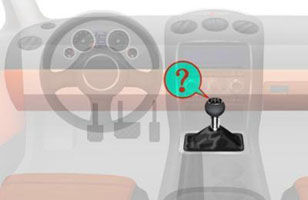
A. the handbrake
B. the air throttle lever
C. the gear lever
D. the clutch lever
Answer:C
16. When the two red lights at a level crossing flash alternately, the vehicles should stop to wait.
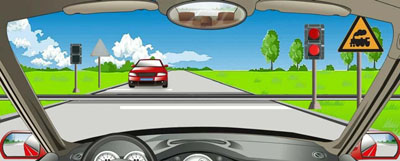
A. Right
B. Wrong
Answer:A
17. When a motorized vehicle runs in a foggy weather, the driver should turn on the fog light and the hazard lights.
A. Right
B. Wrong
Answer:A
18. What marking is it?
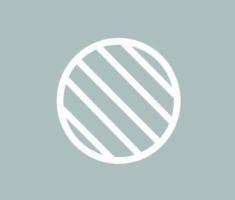
A. prohibitive area
B. cross-hatched marking
C. guide line
D. central circle
Answer:D
19. When driving in thick fog causing poor visibility on the expressway, the driver should apply emergency braking to stop at once.
A. Right
B. Wrong
Answer:B
20. Stopping the vehicle temporarily in the crosswalk is the act of violation of the law.
A. Right
B. Wrong
Answer:A
21. This sign indicates intersection ahead.
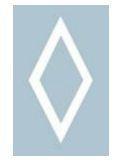
A. Right
B. Wrong
Answer:B
22. One can drive the low-speed truck if the authorized vehicle applied for is small motor vehicle with automatic transmission.
A. Right
B. Wrong
Answer:B
23. The yellow lane-dividing line in the picture is used to separate the traffic flow in opposite directions, crossing the line to overtake or make a turn is allowed if it is safe.

A. Right
B. Wrong
Answer:A
24. This sign warns obstacles ahead and reducing speed to bypass.
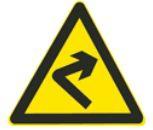
A. Right
B. Wrong
Answer:B
25. How to run when seeing this traffic light at level crossing?
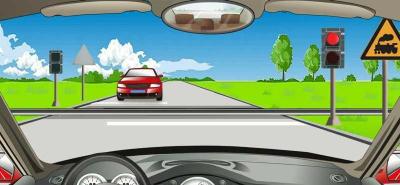
A. pass before the train comes
B. no exceeding the stop line
C. observe and pass slowly
D. speed up and pass without changing gear
Answer:B




